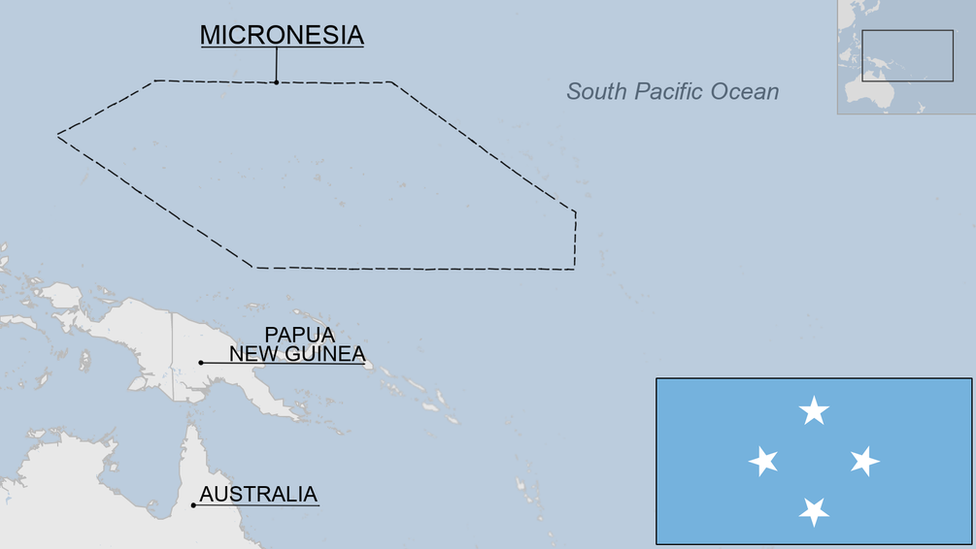Northern Mariana Islands profile
- Published
This page is no longer being updated. It was last updated on 27 October 2023

The first settlers in the Marianas set up megalithic colonnades of capped pillars called latte stones upon which they built their homes
The Commonwealth of the Northern Mariana Islands (CNMI) is a self-governing commonwealth of the United States.
It includes the 14 northernmost islands in the Mariana archipelago - the southernmost island Guam is a separate US territory. The islands lie 2,400km south of Japan.
Those born on the islands are US citizens but not eligible to vote in presidential elections. The territory receives millions of dollars in aid from Washington.
Most of the population live on the island of Saipan, and only four other islands are populated. Native Micronesians outnumber the indigenous Chamorro and Carolinian populations.
Like other remote islands, the CNMI faces the challenge of declining population numbers, leading to falling tax revenues and pressures on public services.
Read more country profiles, external - Profiles by BBC Monitoring, external
COMMONWEALTH OF THE NORTHERN MARIANA ISLANDS: FACTS
Capital: Saipan
Area: 464 sq km
Population: 55,650
Languages: English, Chamorro, Carolinian
Life expectancy: 74 years (men) 79 years (women)
LEADERS
Head of State: The President of the United States
Governor: Arnold Palacios
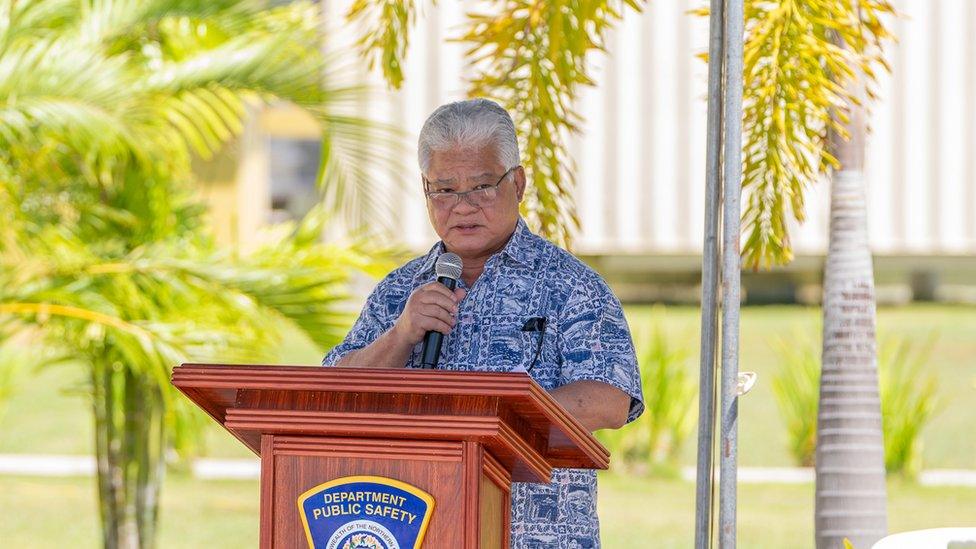
Independent candidate Arnold Palacios was sworn in as governor in January 2023, having defeated incumbent Ralph Torres of the Republican Party in a run-off election the previous November.
Mr Palacios had served as Governor Torres's deputy until they fell out in the run-up to the 2022 election.
MEDIA

The first settlers in the Marianas set up megalithic colonnades of capped pillars called latte stones upon which they built their homes
Broadcasting is regulated by the US Federal Communications Commission (FCC).
Press/online
Marianas Variety, external - English language newspaper and website
Saipan Tribune, external - English language newspaper and website
Pacific Daily News, external - Guam-based newspaper covering Pacific region
Television
Docomo Pacific, external - subsidiary of Japan's NTT, providing TV, internet and phone services in Guam and Northern Marianas
TIMELINE
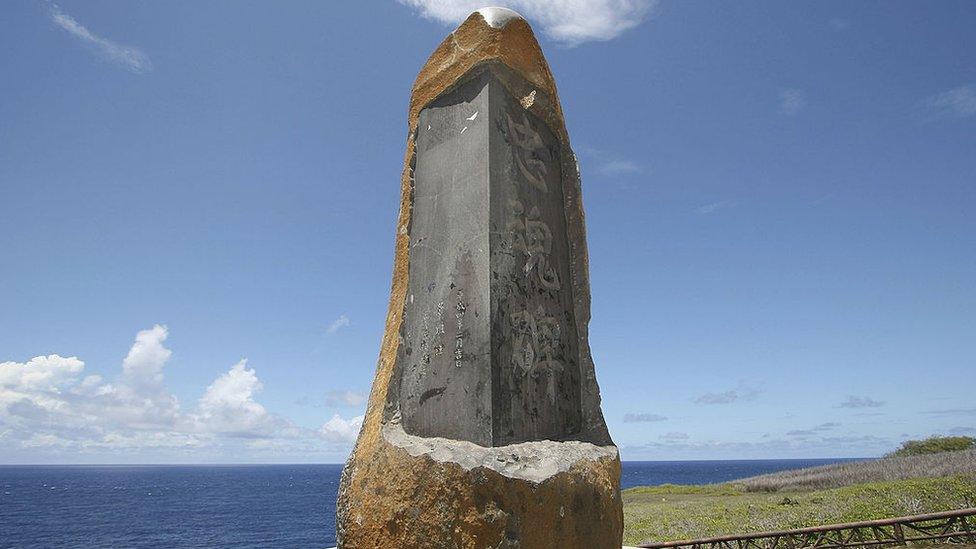
A monument to Japanese civilians and soldiers who jumped off Saipan's Banzai Cliff to avoid capture by the US army in 1944
Some key events in Northern Marianas' history:
1500-1400BC - Islands first settled by migrants from the Philippines, followed by later migrations from the Caroline islands and then from the Philippines or eastern Indonesia.
1521 - Portuguese navigator Ferdinand Magellan land on Guam. He and his crew are the first Europeans to arrive in the Marianas. He claims the archipelago for Spain.
1565 - Spain incorporates the islands into the Spanish East Indies. Guam becomes an important stopover between the Philippines and Mexico for the Manila galleons trading between Spanish colonies.
1668 - The islands are named Las Marianas, after the Spanish regent Mariana of Austria (1634-1696)
16th-18th Centuries - After first contact with the Spanish, the inhabitants become known as the Chamorros, a Spanish word similar to Chamori, the name of the indigenous caste system's higher division.
Between 90-95% of the islands' population dies from European diseases carried by the Spanish or marries non-Chamorro settlers under Spanish rule. New settlers, primarily from the Philippines and the Caroline Islands, are brought in to repopulate the islands.
1898 - Spanish-American War. US takes Guam from the Spanish.
1899 - Spain cedes Guam to the US and sells the Northern Marianas and Caroline Islands to Germany under 1899 German-Spanish Treaty.
1899-1914 - Germany administers the islands as part of its colony of German New Guinea.
1914 - Shortly after the outbreak of World War One, Japan seizes the islands from Germany and annexes them.
1919 - Following World War One, the League of Nations formally places the islands under Japanese administration as part of its South Seas Mandate.
1920s-30s - Sugar cane becomes the main industry on the islands, which see significant numbers of Japanese migrate to the islands, outnumbering the indigenous population.
1941 - Immediately after its attack on the US navy at Pearl Harbor during World War Two, Japanese forces from the Marianas invade Guam.
1944 - Battle of the Marianas. US forces invade the Marianas. Of the 30,000 Japanese troops defending Saipan, fewer than 1,000 remain a the end. Many civilians are also killed - including about 1,000 civilians who kill themselves by jumping off cliffs.
1945 - New US air bases are built on the islands to aid US attacks on Japan's home islands. Tinian becomes the base for the B-29 aircraft that drop the atomic bombs on Hiroshima and Nagasaki.
1947 - Islands become a United Nations Trust Territory under US administration.
1958-1969 - Northern Marianas votes four times in favour of integration with Guam, but Guam rejects integration in a 1969 referendum.
1970s - Islands decide not to seek independence but develop closer links with the US. Negotiations for commonwealth status begin in 1972.
1978 - Islands become a commonwealth of the US.
2009 - The Northern Mariana Islands sends a delegate to US Congress to represent its interests.
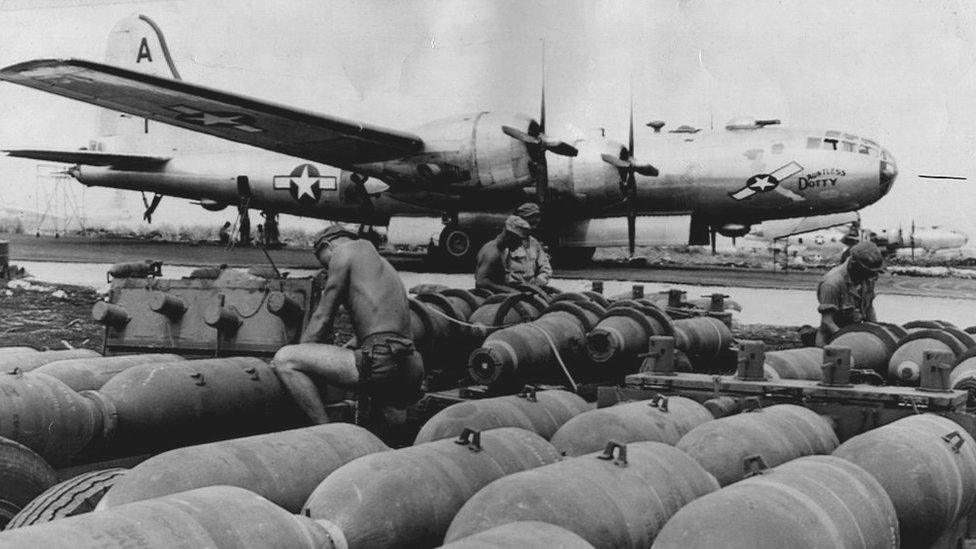
B-29 Superfortress bombers were based on Saipan and Tinian after their conquest by US forces in 1944 to attack Japan itself
Related topics
- Published27 October 2023
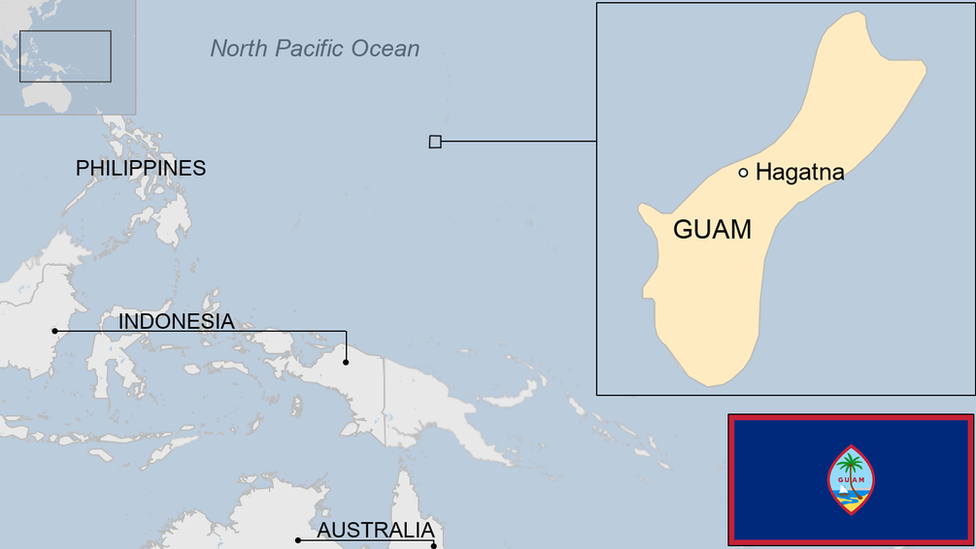
- Published4 June 2024
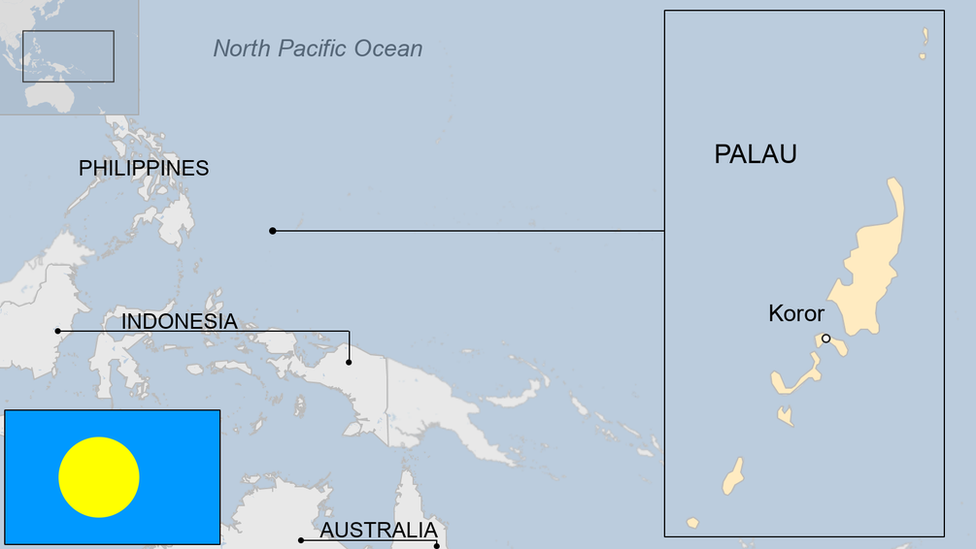
- Published27 October 2023

- Published27 October 2023

- Published27 October 2023
